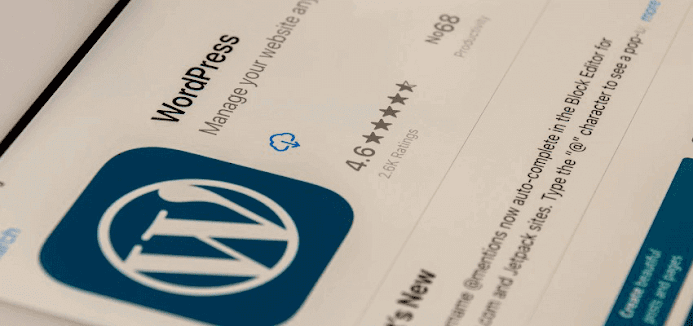WordPress: Unleashing the Potential of Web Content
WordPress, brought into the world in 2003 as a straightforward contribution to a blog stage, has gone through a wonderful change to turn into a worldwide force to be reckoned with in web content administration. This open-source stage, known for its ease of use and powerful local area support, has democratized web distribution. In this broad article, I dive into the uncommon excursion of WordPress, its significant effect on the advanced world, and its persevering importance in an always-developing web-based scene.
Chapter-by-chapter guide
The Birth and Advancement of WordPress
WordPress' Effect on the Blogosphere
The Open Source Way of Thinking and the Thriving WordPress People Group
WordPress as an Unlimited Substance The Executives Framework
The Phenomenal Development of WordPress
Subjects and Plan Customization: A Visual Renaissance
Modules: Improving Usefulness
Security and Dependability: A Vigorous Establishment
The Fate of WordPress
The Birth and Development of WordPress
The tale of WordPress starts with the cooperative endeavors of Matt Mullenweg and Mike Little, who intended to make a more open and adaptable option in contrast to existing writing for a blog stage. In May 2003, WordPress 0.7 was presented, denoting the beginning of a task that would rethink web content creation and the board. Throughout the long term, it has gone through various updates, bringing about the adaptable stage that exists today.
WordPress' Effect on the Blogosphere
During its initial years, WordPress ignited a writing for a blog upset. It presented an easy-to-use dashboard, an instinctive supervisor, and a developing library of subjects and modules. This development permitted bloggers, both fledgling and experienced, to focus on their substance instead of the intricacies of the site on the board.
The Open Source Way of Thinking and the Prospering WordPress People Group
A foundation of WordPress' prosperity is its open-source nature, and that implies that the source code is unreservedly accessible for change, circulation, and use. This obligation to open source has supported an overall local area of engineers, creators, and clients who effectively add to its development. This people group flourishes through gatherings, meetups, WordCamps, and an overflow of online assets, making a dynamic and strong biological system.
WordPress as an Unlocked Substance The board Framework
While at first planned as a contributing to a blog stage, WordPress quickly extended its points of view to envelop an extensive variety of web applications. This change was made conceivable by the presentation of modules and subjects, delivering WordPress a flexible substance to the executive's framework. This development engaged people and organizations to make online journals as well as internet business destinations, portfolios, and discussions, and that's just the beginning. The expansion of custom post types and scientific classifications further expanded its capacities.
The Remarkable Development of WordPress
The development of WordPress has been out and out amazing. Today, it controls more than 40% of all sites on the web, filling in as a demonstration of its flexibility and the consistently expanding prevalence of its biological system. Its power is driven by a persistent turn of events, an instinctive UI, and a broad index of subjects and modules that take care of a variety of prerequisites.
Topics and Plan Customization: A Visual Renaissance
Modules: Upgrading Usefulness
Security and Unwavering Quality: A Strong Groundwork
The Fate of WordPress
Hire Me on Fiverr
My portfolio on Behance
-----------------
#webdesign #wordpressWebsite #elementorWebsite #buildWebsite #redesignWordpressWebsite #cloneWebsite #responsiveWebsite #wordpressSpeed




Comments
Post a Comment